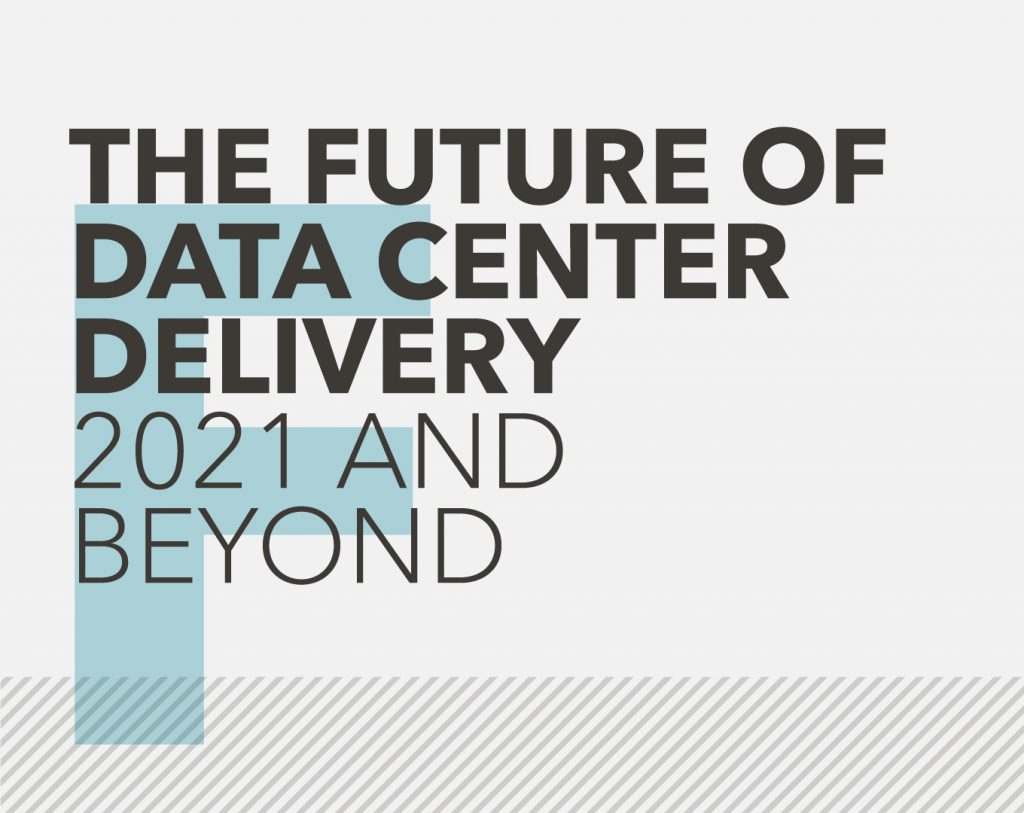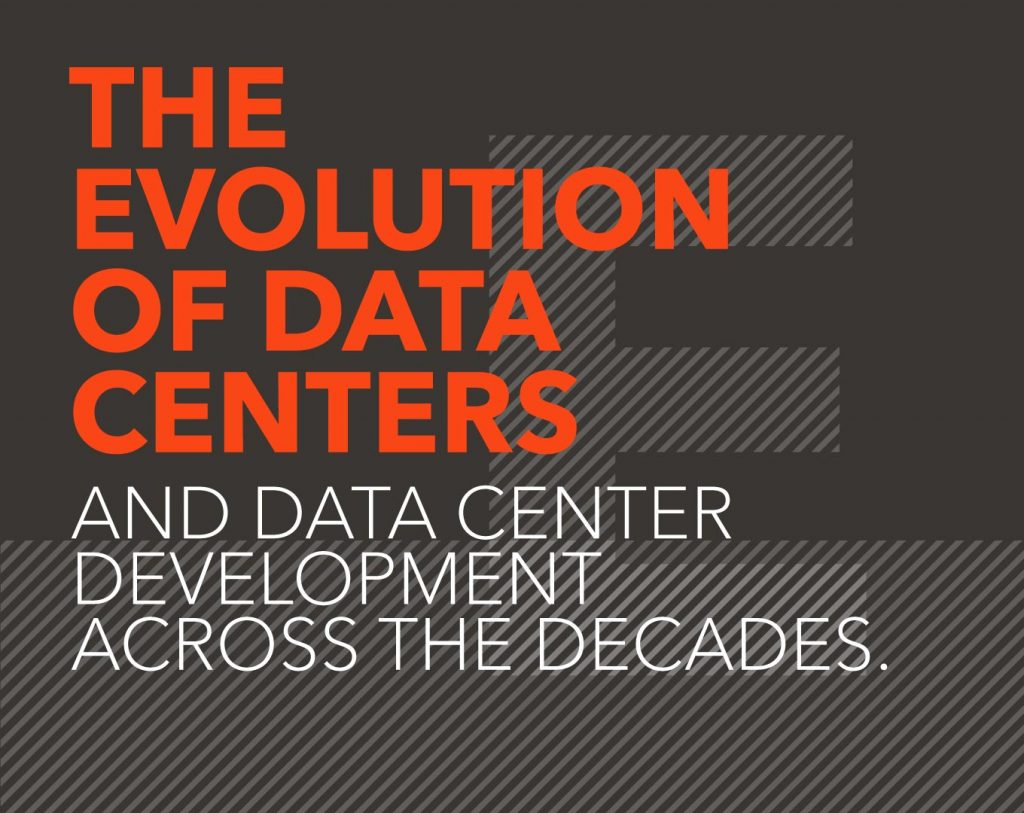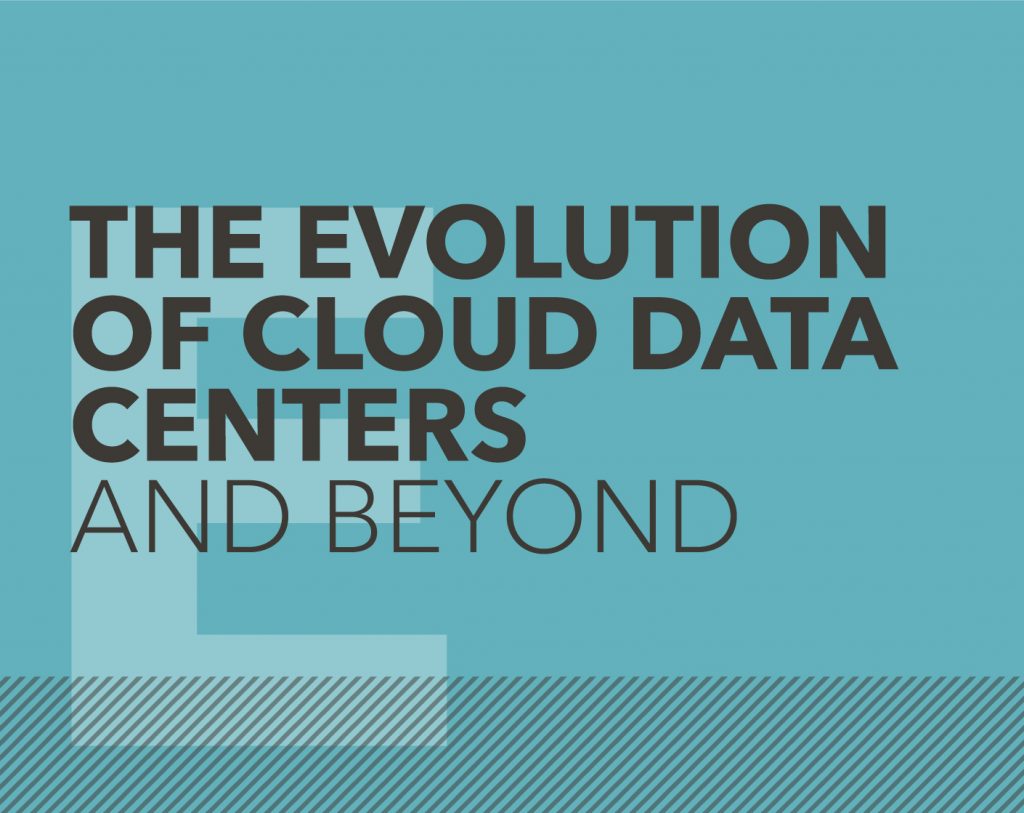Less is more: a radically simplistic approach to data center design, construction and delivery
Data center construction hasn’t changed all that much over the last few decades, but the scale of construction sure has. Yondr’s EVP of global design and construction, Laramie Dorris, calls for a ‘less is more’ ethos for design, construction, and delivery.
By Laramie Dorris, Executive Vice President – Global Design & Construction
For years now, our industry has chosen complexity over simplicity. To showcase their expertise and stand out from the crowd, companies have over-designed data centers, resulting in cost and schedule overrun.
This sway towards sophistication is partly a natural consequence of competition. But I dare say that we may have fallen for our own hype.
Phrases such as ‘mission critical facilities’ and ‘mission critical systems’ became industry buzzwords. And we gradually convinced ourselves that such facilities were a super-sophisticated, specialized piece of infrastructure.
But mission critical facilities have been around for decades; 24/7 healthcare facilities are a good example. And it doesn’t require a highly specialized workforce to build them.
I believe it’s time to strip away the superfluous and instead adopt a ‘less is more’ approach to data center design, construction, and delivery.
Not an unsophisticated approach, but a non-sophisticated approach.
Repeatable. Dependable. Predictable.
The ‘less is more’ philosophy revolves around subtraction and standardization. It focuses on reducing the number of components needed, minimizing risk by eliminating as many variables as possible, and removing non-essential decisions—the fewer decisions you have to make, the less likely you are to make the wrong one.
Take a second to remind yourself why data centers exist: their sole purpose is to keep people’s infrastructure up and running 24/7-365. That’s it. And once you understand you can house complex technology within simplistic design, you can strip away a lot of unnecessary complexity.
Essentially, this enables you to build and deliver a premium product without sacrificing an ounce of quality. Plus, you can do it in a way that greatly contributes to the industry’s mission to become environmentally friendly (more on this later).
The building design is always going to change: you can do little about the local weather or type of terrain you’re building on. However, it’s possible for the kit of parts and the topology that make up the data center to remain consistent throughout every project.
To best support the data center’s purpose, we ultimately want the design, construction and delivery process to be repeatable, dependable and predictable.
Repeatable “Product” enables us to control our cost. Dependable “People” means a team that can be trusted to do the job. And predictable “Delivery” enables our clients to know exactly what they are getting.
The Southwest Airlines approach to data centers
SouthWest Airlines famously only operate one type of aircraft: the Boeing 737. This decision enables the company to achieve an extremely efficient business model.
Planes are loaded, operated and maintained in the same way, which creates a business-wide buy-in because everyone in the company understands the economies of scale.
Through standardization and simplification, we can create the same level of efficiency in our industry.
Construction through a manufacturing lens
If we adopt a DfMA (Design for Manufacturing and Assembly) approach to construction, specifically prefabrication and modularisation, we can build and deliver data centers just like any other supply chain component.
Plus, prefabrication enables us to minimize risk because the more work that’s done in a controlled environment the safer it is. Then you simply deliver the kit of parts to the site and assemble them.
We can employ this manufacturing approach on a global scale, which means wherever we are in the world, the ops guys know exactly what kind of product they’re getting and the design team knows what they’re delivering because it’s the same standardized, simple product every time.
There’s little doubt in my mind that this manufacturing approach to data center construction will be the norm within five years.
Better for everyone
The ‘less is more’ approach to design, construction and delivery benefits everyone, from clients to partners.
Suppliers
The global supply chain challenges mean lead times for equipment are much longer than before the pandemic.
However, the ‘less is more’ approach enables us to offer a greater level of predictability to our suppliers, which enables them to buy more raw materials to make their pieces of equipment, lock in prices and build a product we will not deviate from.
Thanks to our standardized, simplified process, they know we’re going to order the same component we ordered before. We will not make changes two months into the order and leave them with specialized equipment that they can’t shift. So they’re willing to risk their money in order to get ahead of schedule.
Clients
Crucially, this radically simplistic approach means hyperscale developments no longer come with hyperscale timelines. This allows us to cut costs and pass the savings onto the client.
The ‘less is more’ approach enables us to get more done in less time. We’ve delivered some projects months early, proving the approach to be as sound in practice as it is in theory.
Companies looking to establish a presence in new markets can do so with the same level of certainty as in an existing market. This is because the ‘less is more’ approach transfers into any continent or territory in the world. While regional adaptation may require minor adjustments, the principles remain the same. No matter where you are, the process remains repeatable, dependable and predictable.
Partners
Offering greater predictability to our architecture, engineering and design partners helps them drive economies around their resources.
The more refined our program becomes, the more we enable them to improve. Because our program is predictable, they can turn out better work. They no longer need to send in a proposal for every project because they are part of the program. They can get going as soon as we give the go ahead.
Industry
Much has been said about the industry’s need to keep pace with the rising demand. And I believe the ‘less is more’ approach is the way forward. It gives us the ability to complete work faster without compromising the quality of the product.
The more data center companies that adopt this approach the easier we’ll find it as an industry to meet the demand. Who knows, we might even pull out in front.
The Planet
And last but not least, the ‘less is more’ approach is also better for everyone else on the planet.
When you eliminate unnecessary complexity you require fewer resources to build, produce less waste and reduce the amount of carbon emissions during the manufacturing process.
With humanity on a mission to save itself from extinction and countries around the globe aiming for net zero by 2050, the ‘less is more’ approach will no doubt be standard working practice soon.
Watch this space.



